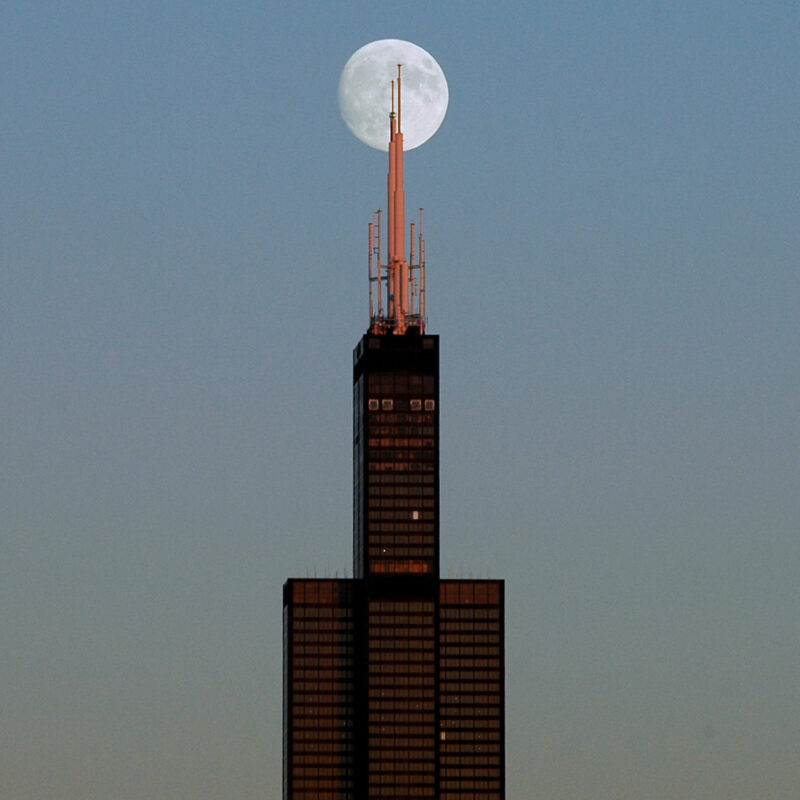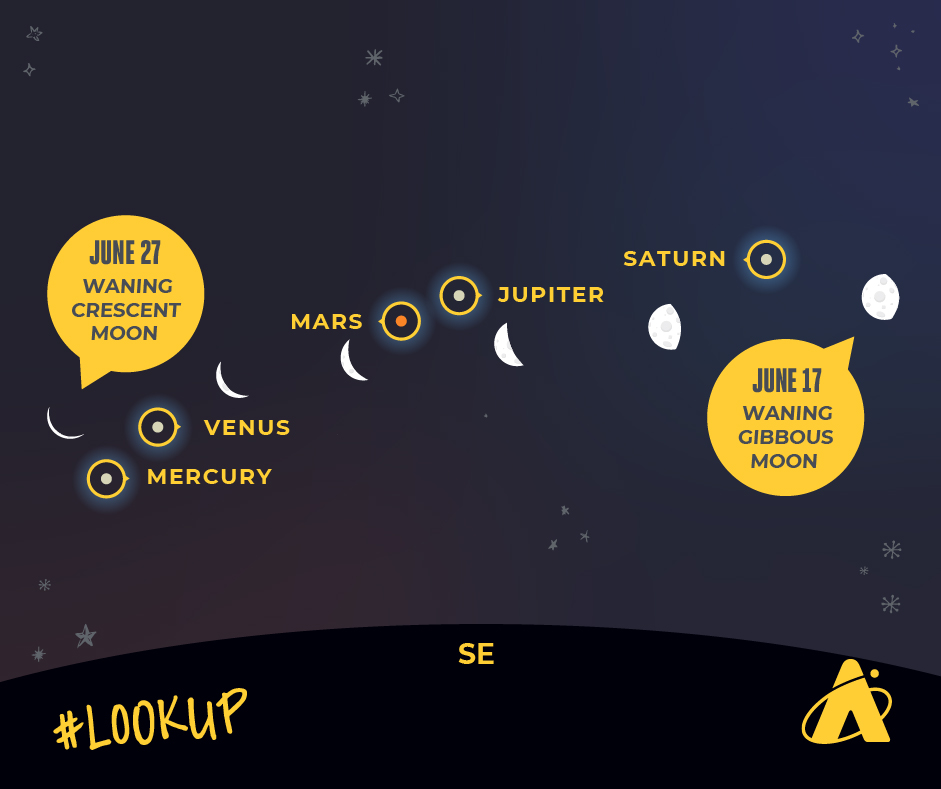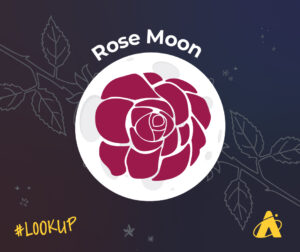Adler Skywatch: June 2022

All of the planets visible to the naked eye — and some that aren’t visible —are in or near the same quadrant of the pre-dawn sky this month, June 2022.

The first planet up is Saturn, which rises in the east-southeast shortly after midnight Central Daylight time through June 14, and shortly before midnight June 15 through June 30. Saturn is about as bright as a first-magnitude star.
Later in the morning, the planet Jupiter rises close to due-east about 2:30 am at the start of the month, and about 1:00 am by month’s end. At brighter than minus-two magnitude, Jupiter is easy to spot. Shortly after Jupiter rises, the planet Mars rises in the east, shining about as bright as Saturn. All month long Mars remains below and to the left of Jupiter. The two planets appear very close at the start of the month but move further apart in the sky each morning. They appear about 20 degrees apart by month’s end.
The brightest planet, Venus, rises in the east-northeast about 4:00 am CT this month. At nearly minus-four magnitude, Venus is unmistakably bright.
In the second half of the month, if you have a very clear view of the east-northeast horizon, try looking below and to the left of Venus about 40 minutes before sunrise. You may be able to spot the planet Mercury. The planet won’t get very high in the sky—perhaps only five degrees—before the rising Sun blots Mercury from view. While you’re observing, do not look at the Sun, or you risk eye damage.
During the last two weeks of the month, the Moon moves near each planet in turn. On June 18, look for a waning gibbous Moon slightly below Saturn. On June 21, a waning crescent Moon appears below Jupiter, and on June 22 it’s to the right of Mars. On June 26, a very slim waning crescent Moon is to the left of Venus; and on June 27, an even slimmer crescent is to the left of Mercury—though both the Moon and the planet will be extremely difficult to see in the Chicago area.
Though you can’t see them with the unaided eye, this month the planets Uranus and Neptune are in the same quadrant of the sky as the visible planets. Also nearby are the two largest dwarf planets, Pluto and Eris.
The term “supermoon” has become popular in recent years. It happens when a full or new Moon occurs near perigee–when the Moon is at its closest point to Earth in its orbit. This month’s full Moon, on June 14, is considered a supermoon. At its closest, this Full Moon will be fewer than 223,000 miles from Earth. On average, the Moon is about 239,000 miles away.

The summer solstice in Earth’s northern hemisphere occurs on June 21, at 4:14 am CT. The Earth’s axis is tilted about 23-and-a-half degrees, and on the summer solstice, the North Pole has its furthest tilt toward the Sun for the year. As a result, that day the Sun tracks its longest and highest arc in the sky for the year. This makes for a long day—in fact—the longest daylight hours of the year. In the Chicago area, the Sun rises on this date at 5:15 am local time, and sets just before 8:30 pm. In the southern hemisphere, the South Pole has its furthest tilt away from the Sun; so it experiences its winter solstice when the Sun is low in the sky and daylight hours are short.
First Quarter Moon: June 7
Full Moon: June 14
Last Quarter Moon: June 20
New Moon: June 28
(Please note: these descriptions are for the Chicago area, using Central time.)
Subscribe To Skywatch Wednesday This June
Tour the night sky weekly with the Adler Planetarium’s Theaters Manager Nick, who uses cutting-edge visualizations, NASA images, and astrophotography to show you what you can see in the night sky throughout the year.






